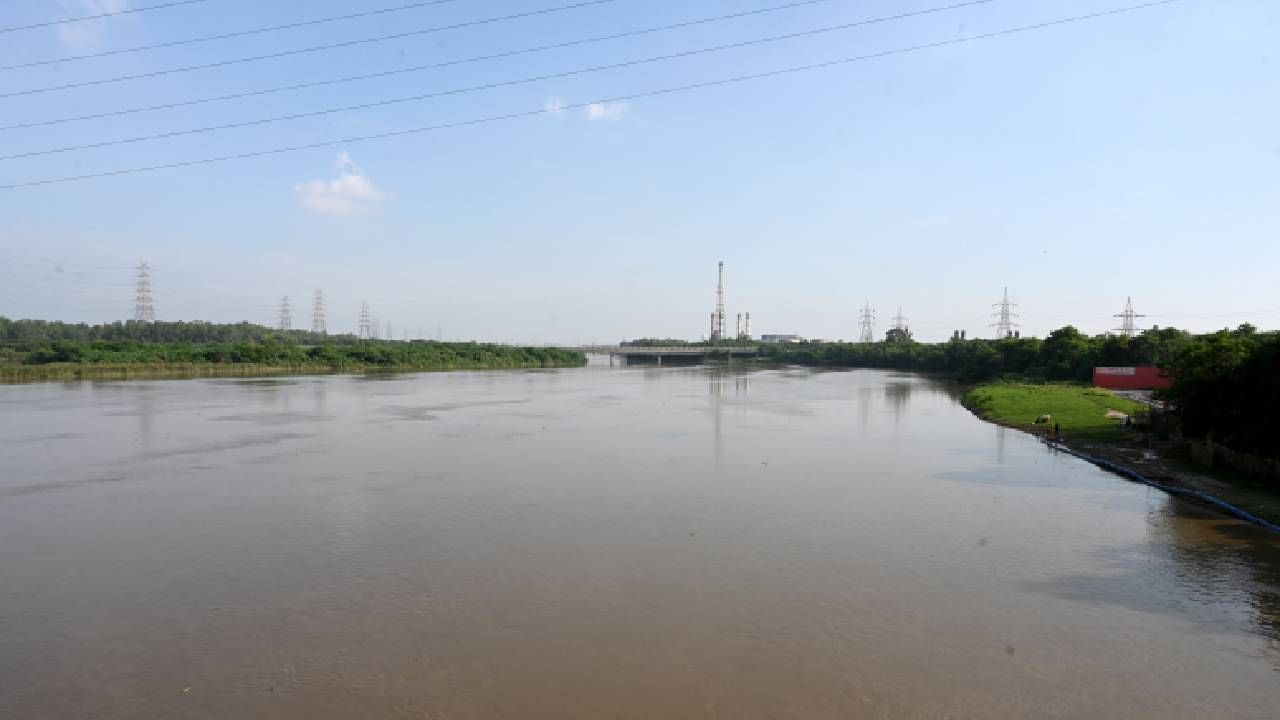New Delhi: After years of being dismissed as a “dead river,” Delhi’s Yamuna may finally be showing signs of life. The latest report by the Delhi Pollution Control Committee (DPCC) reveals a notable improvement in the river’s water quality in July 2025 compared to June, following months of clean-up measures by the Delhi government.
Environment Minister Manjinder Singh Sirsa credited this progress to dedicated action and dismissed allegations of inaction. “While we’re working day and night to clean the Yamuna, some are only spreading misinformation,” he said.
So, what does the DPCC data say?
Three key indicators were measured:
BOD – Biochemical Oxygen Demand
Think of BOD as a measure of how dirty the water is.The higher the numbers on the test, the more waste there is, and therefore more oxygen needed to clean it up. ITO Bridge had BOD of 70 mg/l back in June; by July, BOD was down to 20 mg/l, which is acceptable water quality improvement. Okhla Barrage had a tougher time – BOD went from 46 to 8 mg/l. As we had found more dissolved oxygen in the river, this is a great sign, indicating less pollution and that clean-up activities are positively impacting water quality!
COD – Chemical Oxygen Demand
COD informs us of how much oxygen to break down all the chemicals and everything in the water that is a waste product. Less is better. When we are considering COD, we will focus on our mu/l readings, where in July the COD at ITO was down from 186 mg/l to 54 mg/l. At Okhla we saw COD go from 100 mg/l to 30 mg/l. Significant changes showing less industrial or organic pollutants than just blocking the river.
DO – Dissolved Oxygen
Dissolved Oxygen is the one for the fish and other aquatic organisms. More dissolved oxygen means a healthier river. Lots of the river last June had almost no dissolved oxygen, and for anything living in the water it was difficult for them to survive. In July, for example, Palla and Wazirabad had a bounce back, with DO showing the river is slowly becoming habitable again.
The government has allocated ₹500 crore for Yamuna’s revival, upgrading sewage treatment plants (STPs), intercepting dirty drains, and preventing untreated waste from flowing into the river.
Sirsa added that Delhi’s air quality also improved, with 29 out of 31 days in July recording ‘Good’ or ‘Satisfactory’ AQI making it the cleanest July in recent memory.
“The river isn’t fully clean yet, but the results prove our strategy is working,” he said.
